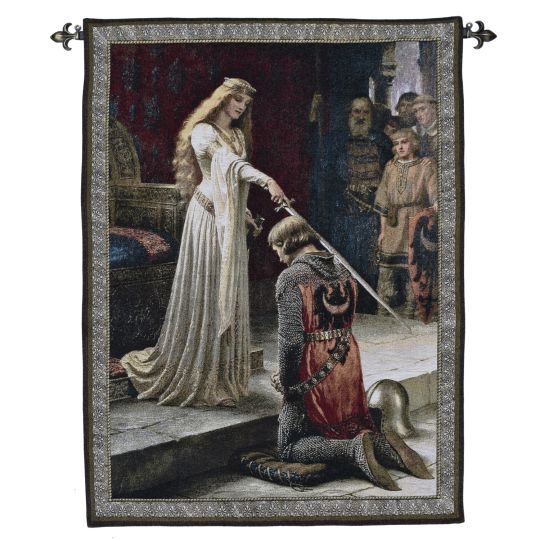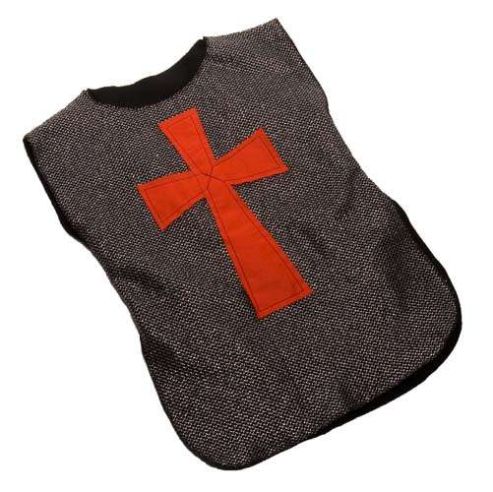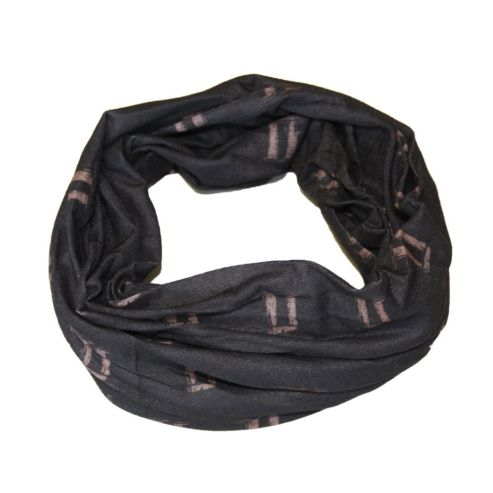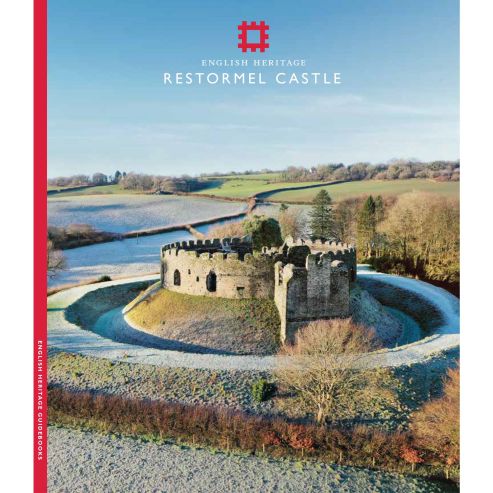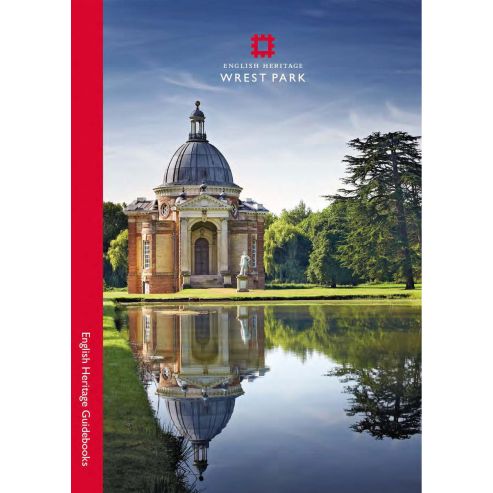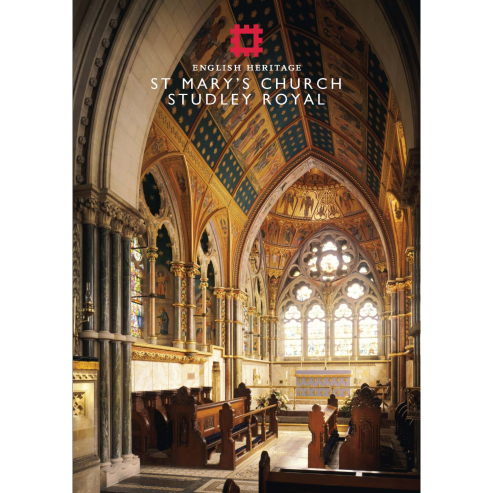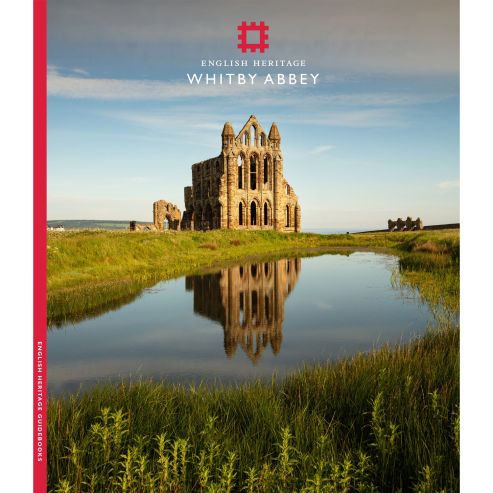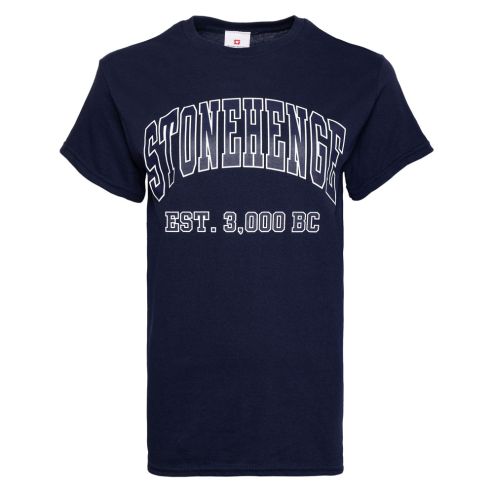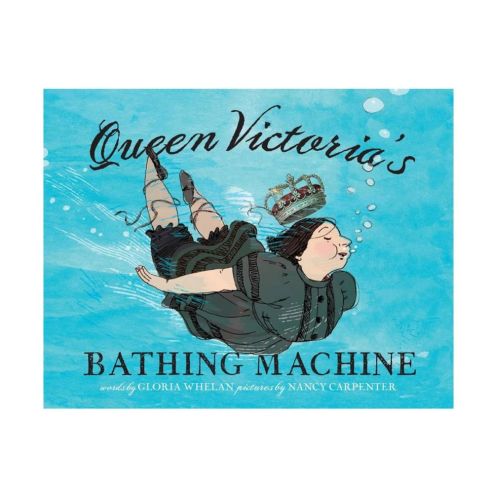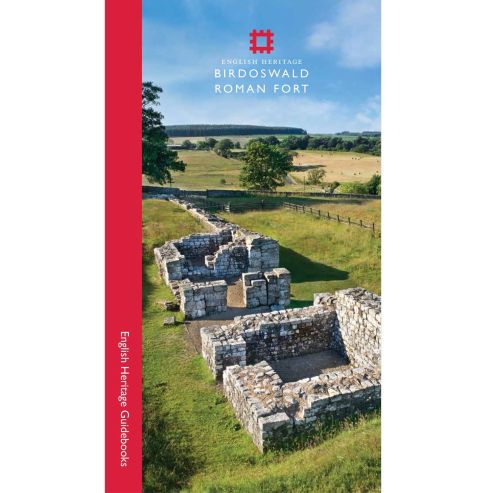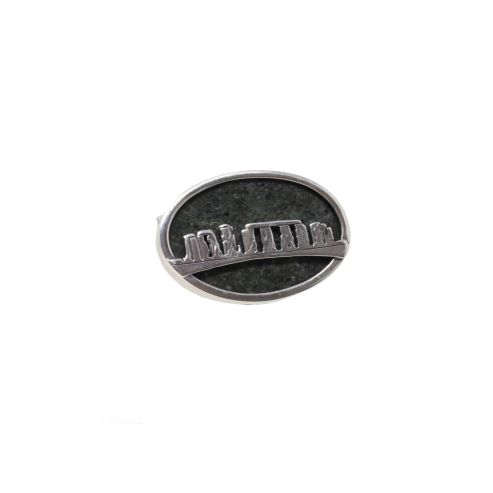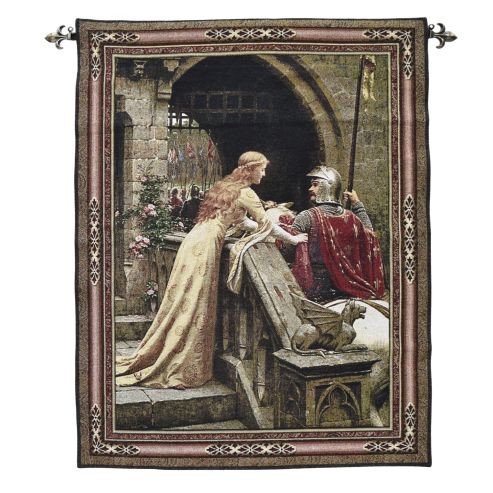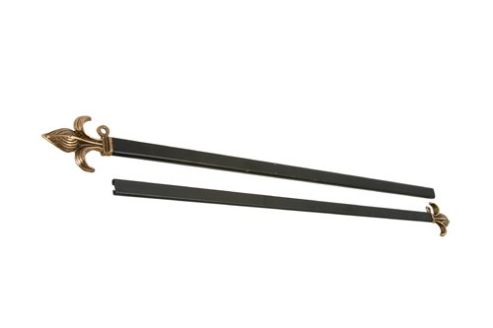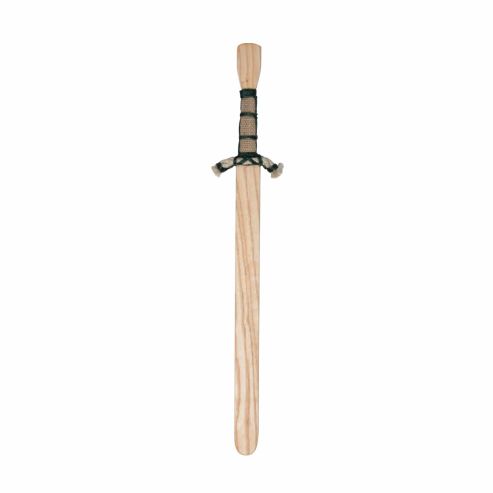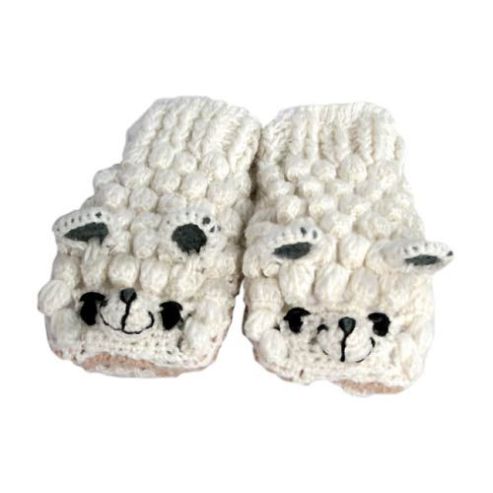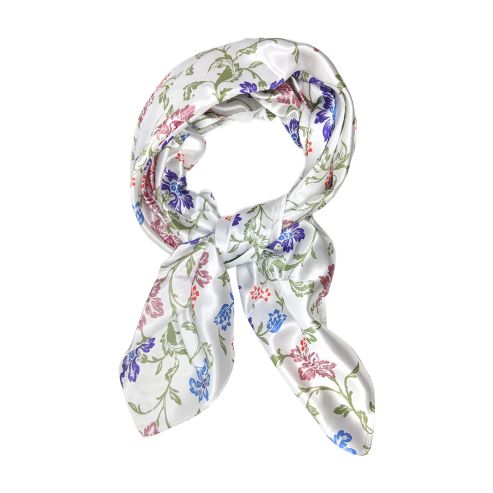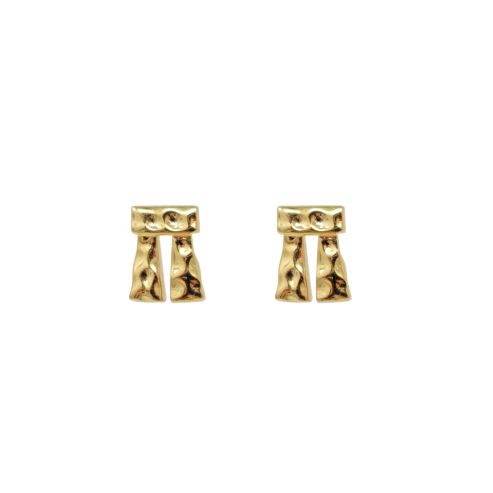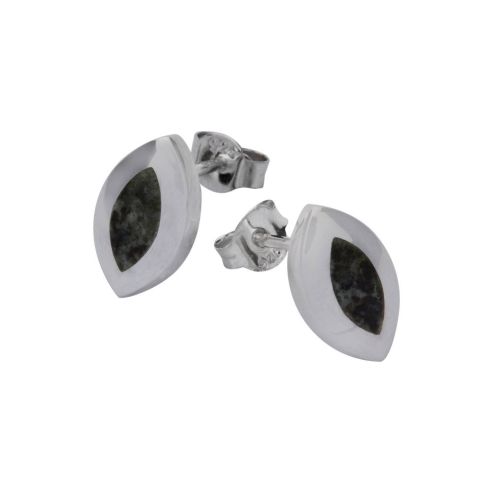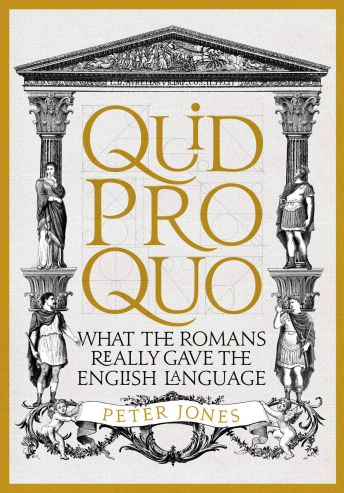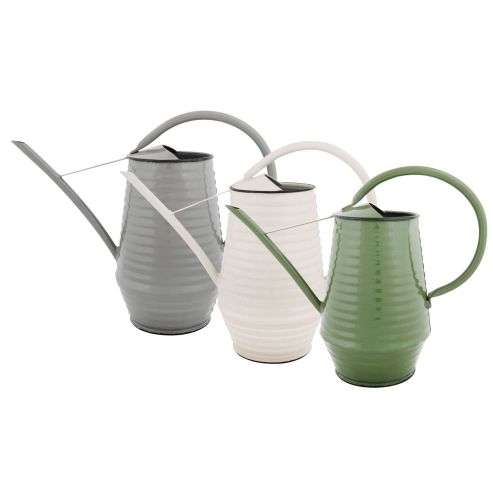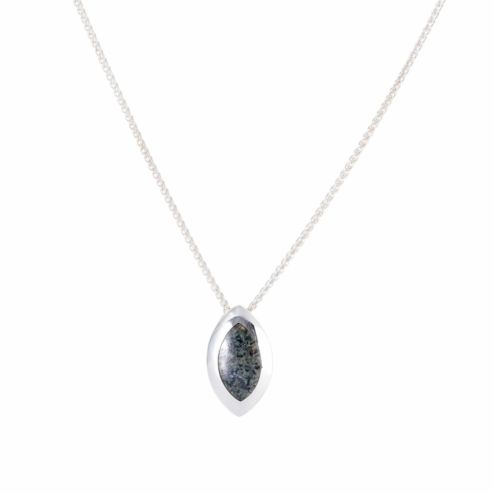In the late Middle Ages the son of a noble would serve first as page, then as squire, before being made a knight. Knighthood was conferred by the overlord with the accolade (a blow, usually with the flat of the sword, on the neck or shoulder); in the later period of feudalism, the ceremony was preceded by the religious ceremony of a vigil before an altar. A knight fighting under another's banner was called a knight bachelor; a knight fighting under his own banner was a knight bannerette. Knights were ordinarily accompanied in battle by personal attendants (squires and pages) and by vassals (yeoman) and servants. After c.1100 military tenure was generally subject to the law of primogeniture, which resulted in a class of landless knights; at the time of the Crusades those landless knights formed the great military orders of knighthood, which were religious as well as military bodies. Important among these were the Knights Templars, Knights Hospitalers, Teutonic Knights, Livonian Brothers of the Sword, Knights of Calatrava, and Knights of Aviz.
Edmund Blair Leighton - born September 21, 1853 - died September 1, 1922. was a British painter, while not an official member of the Pre-Raphaelite Brotherhood, he is often associated with the Pre-Raphaelites and Romantic styles of painting. Leighton was the son of the artist Charles Blair Leighton.
He was trained at University College School, prior to becoming a pupil at the Royal Academy Schools. He wedded Katherine Nash in 1885 and they had two children, a son and daughter. Leighton was a fastidious craftsman, producing highly finished, decorative pictures. It would appear that he left no diaries and, though he exhibited yearly at the Royal Academy from 1878 to 1920, he was never an Academician or an Associate.
Leighton is best known for his adorned work commonly depicting medieval chivalry or highly tender moments between couples. As might be expected from his historic paintings a collector of old musical instruments, art, and furniture. He lived at 14 Priory Road, Bedford Park, London, and died on the 1st September 1922.
Key Features:
- Made in Britain
- Woven on a Jacquard loom by Master weavers
- Composition: 100% cotton on the front panel
Please Note:
Tapestry Rod Pictured is sold seperately. Fabrics by their nature are flexible, during storage, humidity and temperature may occasionally affect their shape and also cause creasing. To help a tapestry hang better we recommend using a dry iron on a 'Cotton' setting. Lightly iron the tapestry from the centre towards the edges [on the face]. In very extreme cases the Tapestry can be stretched by pulling the panel gently by hand, diagonally.
| MPN | accolade100x69 |
|---|---|
| GTIN | 5060015868564 |
| Size | 100cm x 69cm |
| Return period | 30 days |

